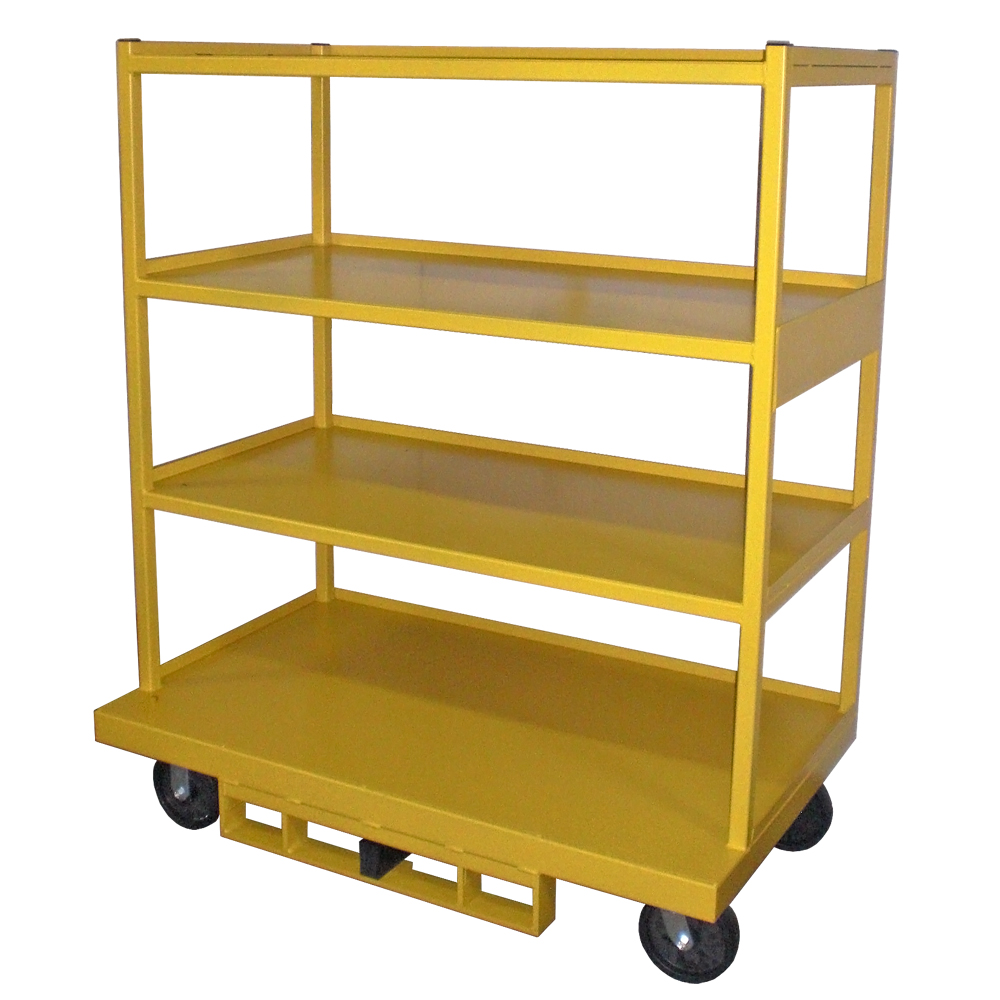We use cookies to make your experience better. To comply with the new e-Privacy directive, we need to ask for your consent to set the cookies. Learn more.
4 Best Practices for Inventory Management at Distribution Centers
The rise of e-commerce has led to a proliferation of SKUs at distribution centers all over the world. According to Logistics Management's 2015 Warehouse & DC Operations Survey, the average number of SKUs handled by logistics operations increased by 18 percent that year.
Nearly 40 percent of the survey's respondents said they planned to increase their number of SKUs in 2016. In order to thrive in this changing landscape, managers might need to follow a new strategy. Here are a few tips from the experts for improving inventory management practices in the era of omni-channel distribution.
1. Prioritize Inventory for Leading Channels
The most efficient multi-channel DCs don't put walls between their outbound channels. When e-commerce orders, store shipments, and wholesale customer channels all draw from the same inventory, operations are much better-equipped to respond to unexpected demand spikes.
However, there needs to be a firm policy in place to prioritize each channel. The trick is to balance each customer's demand so that you don't end up short on an important order. Distribution centers that restock brick and mortar stores while also filling e-commerce orders will need to make a difficult call: Do you leave the shelves bare until the next shipment to fill online sales, or do you keep the stores stocked and post a "temporarily unavailable" sign on the website?
Either way, it's better to have a consistent policy in place before facing this situation.

2. Take the Time to Forecast Demand
Software tools can help managers forecast product demand, which they can measure against current inventory levels. Estimating expected demand for each SKU is the first step in cutting costs on inventory without stumbling on an order.
3. Provide Staff with Ergonomic Equipment
Front-line staff is essential to proper inventory management. It pays to keep your employees safe and comfortable. Even the simplest equipment in the warehouse, such as Order Picking Carts, can help front-line workers increase efficiency while preventing musculoskeletal disorders.
In the shipping room, choose desks that offer cutouts to reduce reaching and bending, like Shipping Receiving Desks from Solus Group. Similarly, a Self-Leveling Mobile Lift Table equipped with a Turntable Attachment reduces bodily strain during pallet building and unpacking.
4. Use Common Forward Pick Bins for All Channels
It's more efficient to store common SKUs in a single pick bin, regardless of designated channel, than it is to slice your facility into channel-specific segments. Not only will picks be faster for all channels, inventory sharing will be much simpler.
If you take this approach, you'll also need to implement downstream processes to differentiate inventory by channel. You might have different conveyor systems, for instance, or even clearly marked Order Picking Carts.
Today's warehouses and distribution centers have more moving parts than ever. Facility managers have to route goods along multiple channels, while still keeping orders quick and accurate.
Technology can provide some of the solutions, but to maintain a competitive edge, managers must be willing to change strategies. As the industry continues to grow and change, flexibility may become the most important trait in the business.
References:
“2015 Warehouse/DC Operations Survey: Industry tackles omni-channel and growth dynamics.” MMH. Peerless Media LLC, 1 Nov. 2015. Web 17 Aug. 2016.
Harps, Leslie. “Best Practices in Today’s Distribution Center.” InboundLogistics. Thomas Publishing Company, May 2005. Web. 17 Aug. 2016.
Michel, Roberto. “Warehouse/DC Management: Six best practices for better inventory management.” LogisticsMGMT. Peerless Media LLC, 1 Feb. 2016. Web. 17 Aug. 2016.
